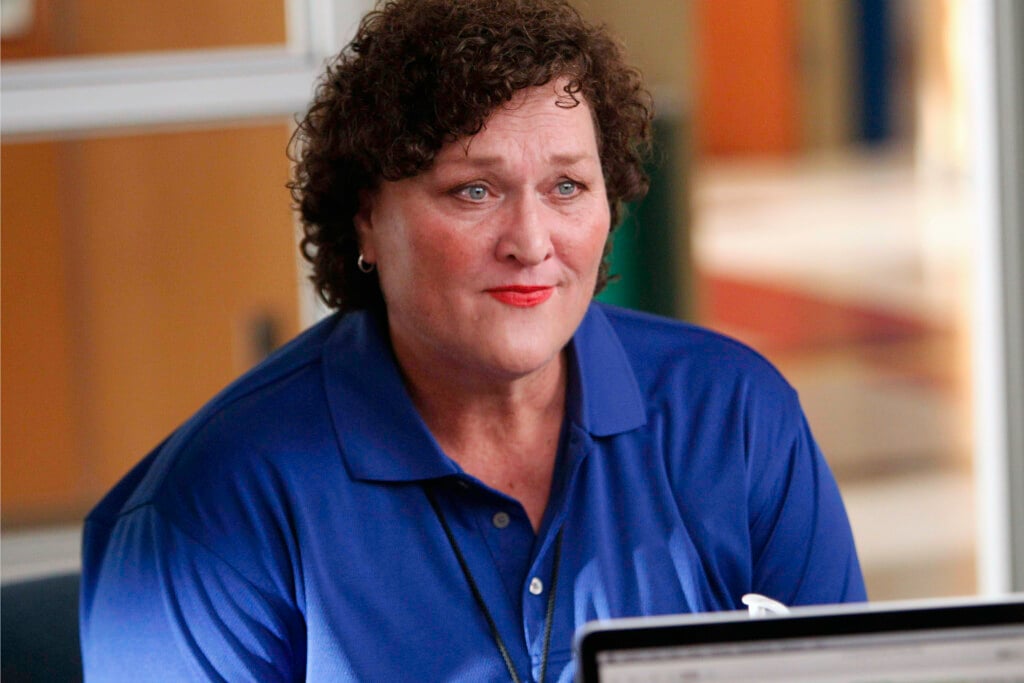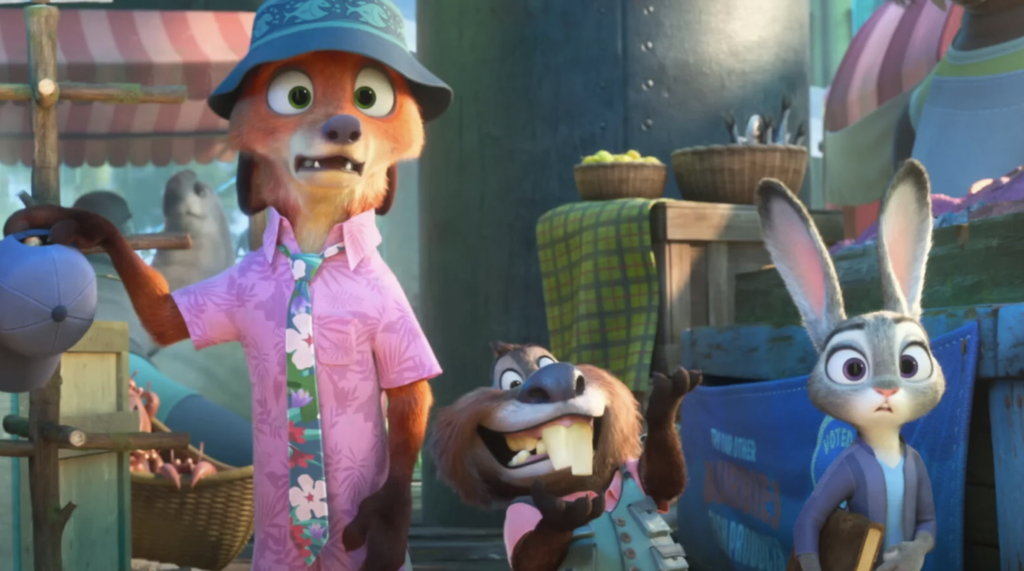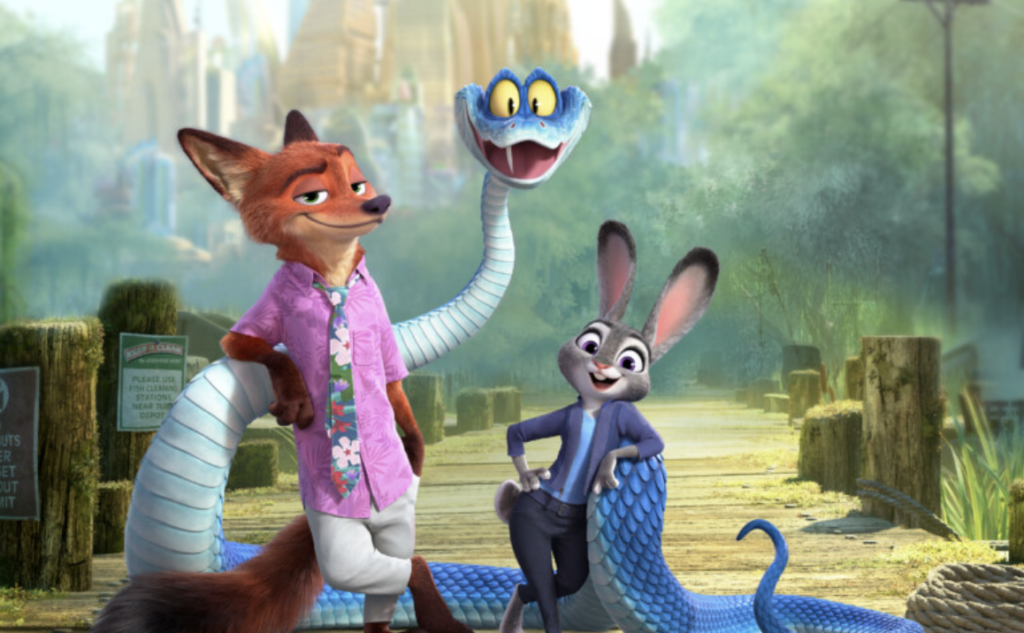Make Me Famous examines an overlooked artist and his fascinating environment
Raytown native Brian Vincent’s documentary screens at the Nelson-Atkins Museum of Art Jan. 12 and 14.
The New York art scene in the 1980s is fascinating, even if you only know it from its most famous movers and shakers like Keith Haring, Jean-Michel Basquiat, or Jeff Koons, or movies like After Hours that satirize the deep weirdness of 80s Soho or the West Village. Any reading, listening, or viewing on this era reveals a curious mix of punk-inflected DIY ethos and increasing commercial-mindedness. It produced immense creativity, political messaging, and boundary-pushing, increasingly altered for mainstream consumption once big-time dealers started to take notice.
If you’re curious about this iconoclastic-made-palatable period of art history (and who wouldn’t be), Raytown native Brian Vincent’s documentary Make Me Famous is a wartier-than-average window into what it meant to be an artist at that time. The film—which screens at the Tivoli at the Nelson-Atkins Museum of Art on Jan. 12 and 14—explores the overlooked work and mysterious life of painter Edward Brezinski, an active member of the 80s scene in the Lower East Side who strived for fame and recognition, but never got the attention his peers did.
Vincent and his co-writer and producer Heather Spore go deep into Brezinski’s world through archival footage and interviews with art dealers, writers, artists, experts, and collectors who speak to the movements within that era and Brezinski’s repeated attempts to break into it. Their rogue’s gallery includes names you’ve probably heard before (Eric Bogosian, Kenny Scharf, David McDermott, Marcus Leatherdale), and others you may not have, all coming together to create a vivid portrait of a community, its cliques, and social strata.
When it comes to exploring Brezinski himself, Make Me Famous isn’t always as focused as it could be. A mystery regarding whether Brezinski actually died in 2007, as was reported, or may still be alive shows up late in the film and isn’t as interesting as Vincent would like it to be. Often, the film introduces aspects of Brezinski’s life, work, or personality, then spins off into a larger look at what was going on around him before remembering the stated purpose of the documentary and circling back.
It’s hard to fault Vincent for getting distracted, however. There’s a lot to be distracted by. Make Me Famous features a broad, colorful cast of characters, including snobby critics, self-important artists, and unsympathetic gallerists, accompanied by no small amount of archival photos and great art. In fact, it may be the cliquishness and occasional pettiness of Make Me Famous that is its most interesting aspect.
For those of us who look back on 80s art with curiosity, fondness, and a twinge of jealousy toward the dedicated people who built a really special movement before it all got commodified, Vincent’s film provides a reality check that sometimes feels like a splash of cold water to the face. Some of the artists Vincent features, like Bogosian, Scharf, and the late Richard Hambleton, are honest and sometimes jovial about their experiences. Others, like McDermott and his partner David McGough, come off as pretentious and ridiculous, like art world mean girls.
Painter and critic Walter Robinson, who wrote up Brezinski’s obituary in Artnet Magazine in 2007, can’t recall what Brezinski’s work looked like. The many visitors to Brezinski’s Lower East Side apartment/DIY gallery repeatedly note its location across the street from a men’s shelter as either a charming aspect of Brezinski’s poverty or a bohemian badge of honor. Of course, they never say anything about the shelter itself or the people it served, instead treating it with crass, bougie romanticization.
The movie’s most thoughtful interview subjects say insightful, compassionate things about Brezinski and the difficulty of the scene they all came up in, as well as its possibilities, tragedies, and sellouts. They talk fondly about Brezinski and people like him, who had talent but just never got in with the right people. The other—mostly quite successful—interviewees who loftily moan that not everyone is cut out to make it in the art world (though clearly they did just fine) or who tout their own triumphs while casually belittling a man who was at different times their colleague, lover or friend, are telling on themselves.
Make Me Famous works better as a bracingly honest look at New York’s iconic 80s art scene than it does as a portrait of one of its unjustly forgotten members. Still, it does its job by inspiring a deeper dive into Bryzinski’s very good work and the work of the film’s many interviewees. Bryzinski himself remains a tragic enigma, but Vincent’s film at least makes some of the uglier reasons for his erasure glaringly apparent.





